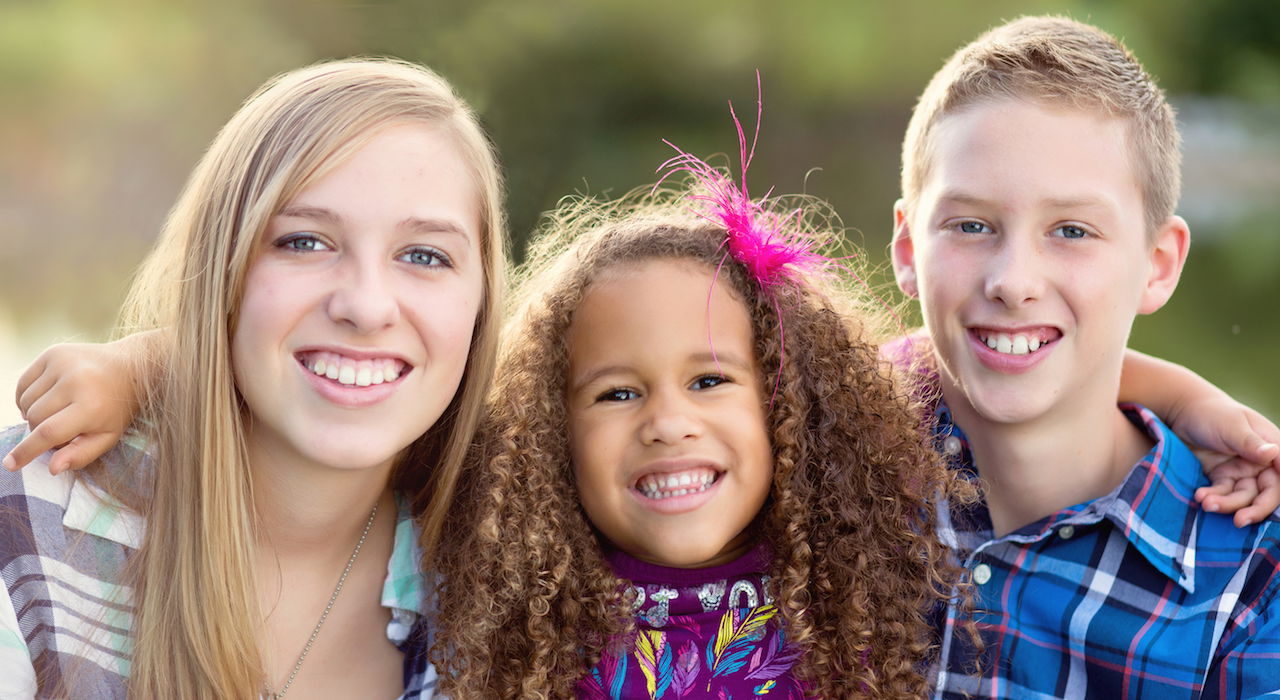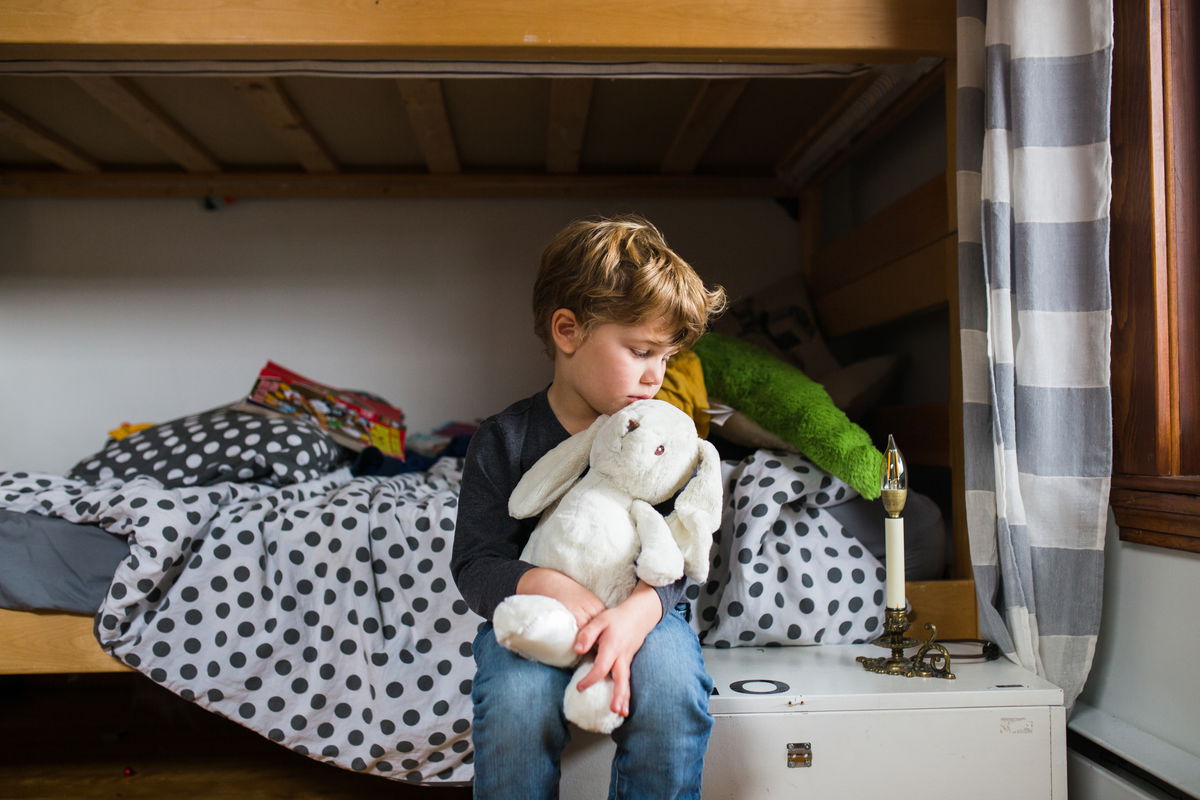Highlights
- Our findings suggest adoption is not being rejected—rather, it’s not being considered, and when it is, it’s often misunderstood. Post This
- Many women conflate adoption with foster care, believing that a decision to choose adoption will result in their child entering the child welfare system. Post This
- When asked how they decided to place their child for adoption, 22% said they considered all options at once. One-fifth first determined not to get an abortion, and then chose between adoption and parenting; 27% said they never considered abortion. Post This
Americans overwhelmingly support adoption. According to a recent survey, three of every four Americans report having a favorable or very favorable view of private domestic adoption. Adoption is admired as a social institution that provides for the needs of a child, while also being viewed as a blessing for the adoptive parents.
And yet, when it comes to the decision-making of women who have an unexpected pregnancy, adoption hardly registers compared to alternative options. In 2022, there were only about 25,000 private domestic adoptions of the more than 2 million unintended pregnancies in the United States. Women facing an unplanned pregnancy are far more likely to choose to parent or to have an abortion than to place a child for adoption. In fact, by a ratio of nearly 50:1, women choose to terminate a pregnancy rather than place that child for adoption.
This dissonance between the cultural admiration and support for adoption and the rarity of its actual occurrence is what we refer to as the “adoption paradox” in our recent paper. Adoption is viewed by most Americans as good, yet it is rarely chosen.
We sought to find out why. To do so, we combined our disciplines of social science and law to study and report on this in greater detail, and our findings were published recently in the Notre Dame Journal of Law, Ethics, and Public Policy.
First, we looked at women who chose to place a child for adoption (“birth mothers”) to understand how they approached their decision. Second, we scoured the social science literature to gain a deeper understanding of why most women do not choose adoption. Our findings suggest adoption is not being rejected—rather, it’s not even being considered, and when it is, it’s too often misunderstood and underexplained.
What Do Birth Mothers Say?
In 2022, we conducted the largest and most comprehensive survey ever conducted with birth mothers—Profiles in Adoption—gathering responses from more than 1,100 women who voluntarily relinquished a child for adoption. As part of the survey, we asked women about what options they considered when they were pregnant. Some said that adoption is not a real option unless all other possibilities are foreclosed, and that if a woman does choose it, it is the “choice of the choiceless.” But the results to this question, recently published for the first time, reveal there is no single path to adoption. When asked how they arrived at their decision to place their child for adoption, 22% of the women said they considered all their options at once. One-fifth first determined not to get an abortion, and then chose between adoption and parenting; a separate 27% said they never considered abortion. Others only ever considered adoption.
By a ratio of nearly 50:1, U.S. women choose to abort rather than to place their child for adoption.
In other words, adoption is not always a fallback option. For some women, it is a first and deliberate choice. Others considered alternatives before deciding on adoption. The heterogeneous responses eschew simplistic explanations of this deeply personal decision, which is shaped by values, relationships, life circumstances, and societal support.
This conclusion is strengthened by another important finding from our research: there is a strong trend over the past decades towards birth mothers making a voluntary, non-coerced decision for adoption. About half of birth mothers from the 1970s and earlier said they did not make a free, non-coerced decision. Today, fewer than 9% say the same. That’s important for many reasons, not least of which is that one of the strongest predictors of a birth mother’s long-term satisfaction regarding adoption is whether she believes she made an informed, non-coerced decision.
Why is Adoption Rarely Considered?
If adoption is a positive for most who choose it, why do so few women consider it in the first place? The answer isn’t that adoption is objectionable, but rather that it is misunderstood. Our review of social science research demonstrates there are three main barriers:
1. Misinformation and Confusion
Many women conflate adoption with foster care, believing that a decision to choose adoption will result in their child entering the child welfare system, resulting in adverse outcomes for their child. Some express fear and uncertainty about their child’s well-being and future, and wrongly believe that having an ongoing relationship (a.k.a. an “open adoption”) with their child and their child’s adoptive family isn’t possible. Many do not know they have the option to choose the adoptive parents. Still others don’t realize that they can receive support at no cost to birth parents, including options counseling, legal services, and medical care.
These misunderstandings are often compounded by a simple lack of exposure: private domestic adoption is far less common than adoptions from foster care. Adoption practices have also changed dramatically in the past few decades. If an expectant parent only knows about the experiences of a family member from decades past or bases her understanding on how popular television shows and movies dramatize adoption, she will not have an accurate picture of how adoption works.
2. Social Pressures for Other Options
In many circles, choosing to parent is expected. There may be pressures to parent from the expectant mother’s family, the child’s birth father, or from her larger community, even if she feels unready to become a mother. Likewise, pressure to abort can come from those who believe it’s in the mother’s best interest. By contrast, adoption is sometimes misunderstood as abandoning a child and leaving a child to an uncertain future.
Our survey found that birth mothers routinely experience stigma from family, friends, and others. In a society that celebrates autonomy in pregnancy decision-making, it's sad to see adoption viewed as “giving up” instead of a thoughtful choice.
3. Emotional Concerns
In cases where expectant mothers do consider adoption, they often believe the emotional impact of placing their child with another family is something they cannot do. Without stories that model and normalize adoption, it’s no wonder many expectant mothers would dismiss this option. Instead of viewing it only as a loss, it could be more accurately presented as grief mixed with joy; love mingled with sadness; feeling satisfied with their decision, even while wishing life circumstances had been different. In this regard, there is a narrative problem more so than a policy one.
Creating an atmosphere in which an informed choice is made about adoption is about honoring expectant parents’ ability to make a thoughtful decision, often in the face of complex circumstances.
How Law and Policy Can Help
Unfortunately, most states are failing to equip expectant parents with the information necessary to make an informed choice. Our 50-state legal survey found that most states either have no requirement that women seeking an abortion be provided with information about adoption or merely require that women receive or be offered a list of adoption agencies without further explanation. Only three states (Arizona, Louisiana, and Utah) require women to receive detailed, accurate information about adoption. The result is that, in most cases, women are told little more than, “You could place the child for adoption” with no explanation of how that differs from foster care, their ability to have an open adoption and choose the adoptive parents, or how adoption works in terms of legal and social support.
That is a missed opportunity to ensure women are making an informed choice. State policymakers should work to ensure expectant parents are presented with accurate, non-directive, non-coercive information about adoption. If healthcare workers present this as a legitimate option, rather than a perfunctory obligation or pro forma requirement, women will be in a position to make a better-informed decision.
Informed Consent
Real choice is not just having more than one option—it means having a realistic understanding of the options so that the decision is not based on inaccuracies. In the context of making a pregnancy decision, that means expectant parents should know:
- Private domestic adoption is not foster care;
- Expectant parents can choose the adoptive family;
- Open adoptions are the norm, not the exception;
- Emotional, legal, and financial support are available; and
- Most adoptees and birth parents view their adoption experience positively.
When an expectant mother makes a pregnancy decision without this information, she is deprived of the ability to make an informed choice for herself and her child.
Law and policy should also promote adoption awareness. For example, by incorporating information about adoption into high school health curricula, a broader segment of the public can be educated about modern adoption practices. Policymakers and health care institutions can also work to educate health care providers and those who serve expectant parents on how they can discuss adoption in a non-directive, respectful manner.
A Shift in Culture, Not Just Law
Adjusting our laws is an important step, but even more vital is how our society and especially the media talk about adoption. We need more stories that allow birth mothers to discuss their experiences. We should also have accurate representations of adoption in the media, not just anecdotal sensationalism. Too often, media outlets emphasize outlier cases that distort the reality of how adoption works.
Ultimately, creating an atmosphere in which an informed choice is made about adoption is about honoring expectant parents’ ability to make a thoughtful decision, often in the face of complex circumstances. As a society, we say we admire adoption. It’s time we create a culture where more women are informed and supported enough to consider it.
Ryan Hanlon is the President and CEO of the National Council for Adoption and an Adjunct Instructor in the National Catholic School of Social Services at the Catholic University of America. Elizabeth R. Kirk is an Assistant Professor of Law at the Catholic University of America, Columbus School of Law, where she also co-directs its Center for Law and the Human Person. This essay is adapted from their article, “Informing Choice: The Role of Adoption in Women’s Pregnancy Decision-Making” in Volume 39 of the Notre Dame Journal of Law, Ethics, and Public Policy.
*Photo credit: Shutterstock










